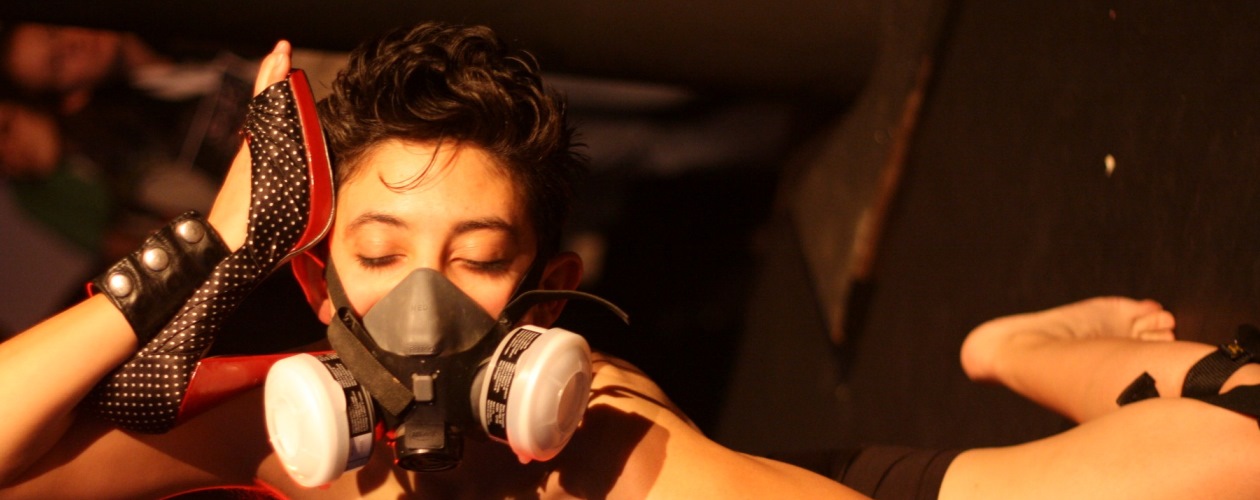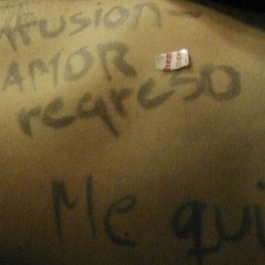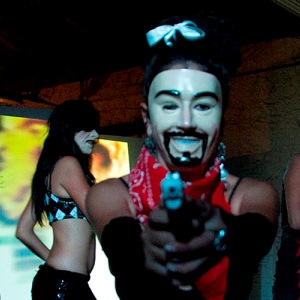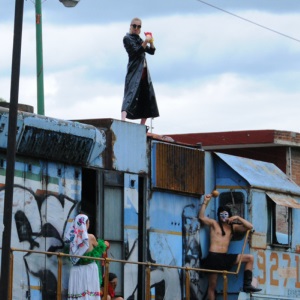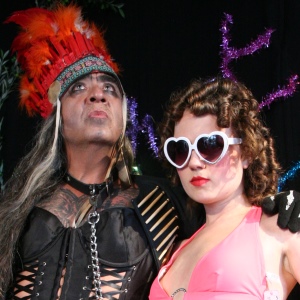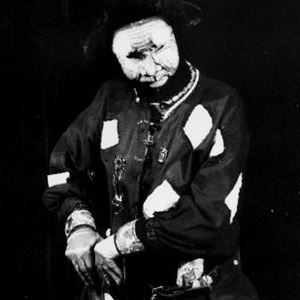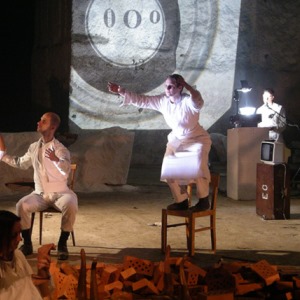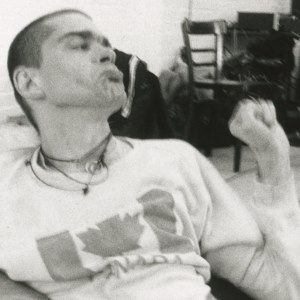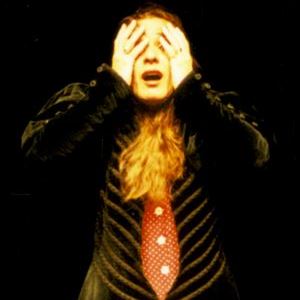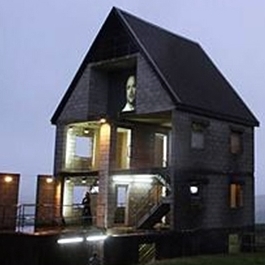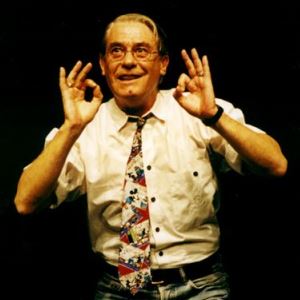Performance art – often called live art, especially in the UK – is a live artistic practice that evolved chiefly out of fine art practices as artists sought to extend art beyond the conventional media and practices of painting and sculpture. Much performance art is explicitly politically motivated, aiming to challenge dominant values and practices and to respond to social crises. Thus, though its roots reach back to performance in the 1910s, including Dada and the Cabaret Voltaire, it came of age in the era of second wave feminism, Vietnam protests and happenings in the 1960s and 1970s, and continues still. Performance art displaced a conventional emphasis on the commodified art object, concentrating instead on the transient artistic process. It shifted the emphasis from the object to the event, simultaneously refocusing on the artist as creator, the relationship of art to everyday life, the ephemeral event as art, and the very difficulty of documenting, or rendering as commodified object, artistic practice. Performance art is often concerned with identity, memory, and the social construction of the subject, self-consciously framing everyday actions as worthy of artistic exploration and crucially performative. Like its close relation body art, much performance art also deliberately explores the materiality of the performer’s body as an artistic medium. Performance art’s interest in the liveness and ephemerality of the performance event indicates its broader interest in time, as is reflected in the nomenclature of live art, ‘durational art’ and ‘time-based art’ which draws attention to time partly to show the making – or processes – of art, even when the activity of making is precisely not very physically active or creative, according to conventional criteria. Durational work also draws attention to the effects of endurance, such as exhaustion and euphoria; the ironic ephemerality of the event; and the resistance to commodification of artwork in an era that is witnessing the ongoing rise of consumer culture. Running parallel to performance art’s concern with time is an interest in space, which it shares with installation art. From the RCTP
Image: Chicana artist Jillian Soto during a jam session in Chicago, 2009. Photo: Courtesy of Columbia College
